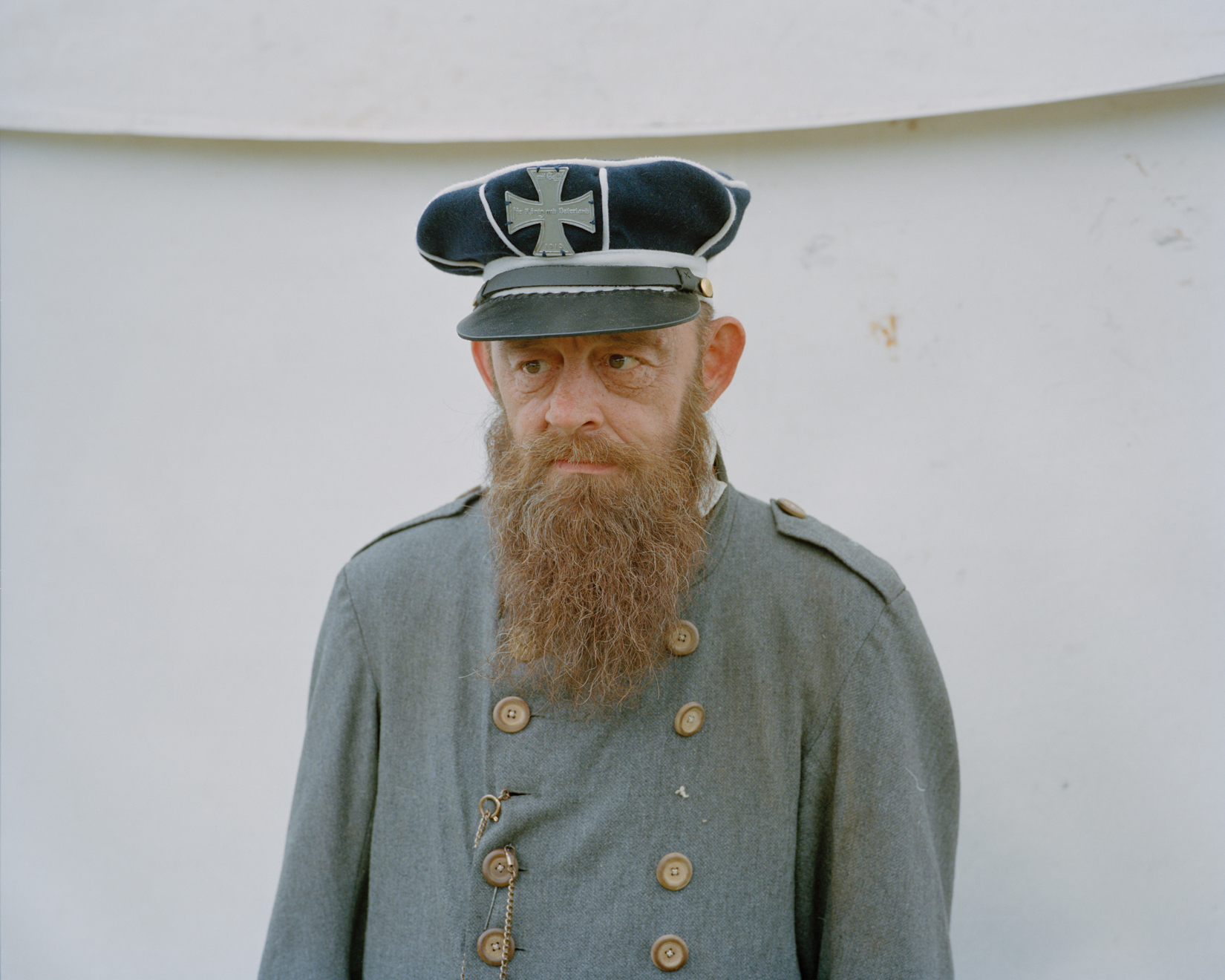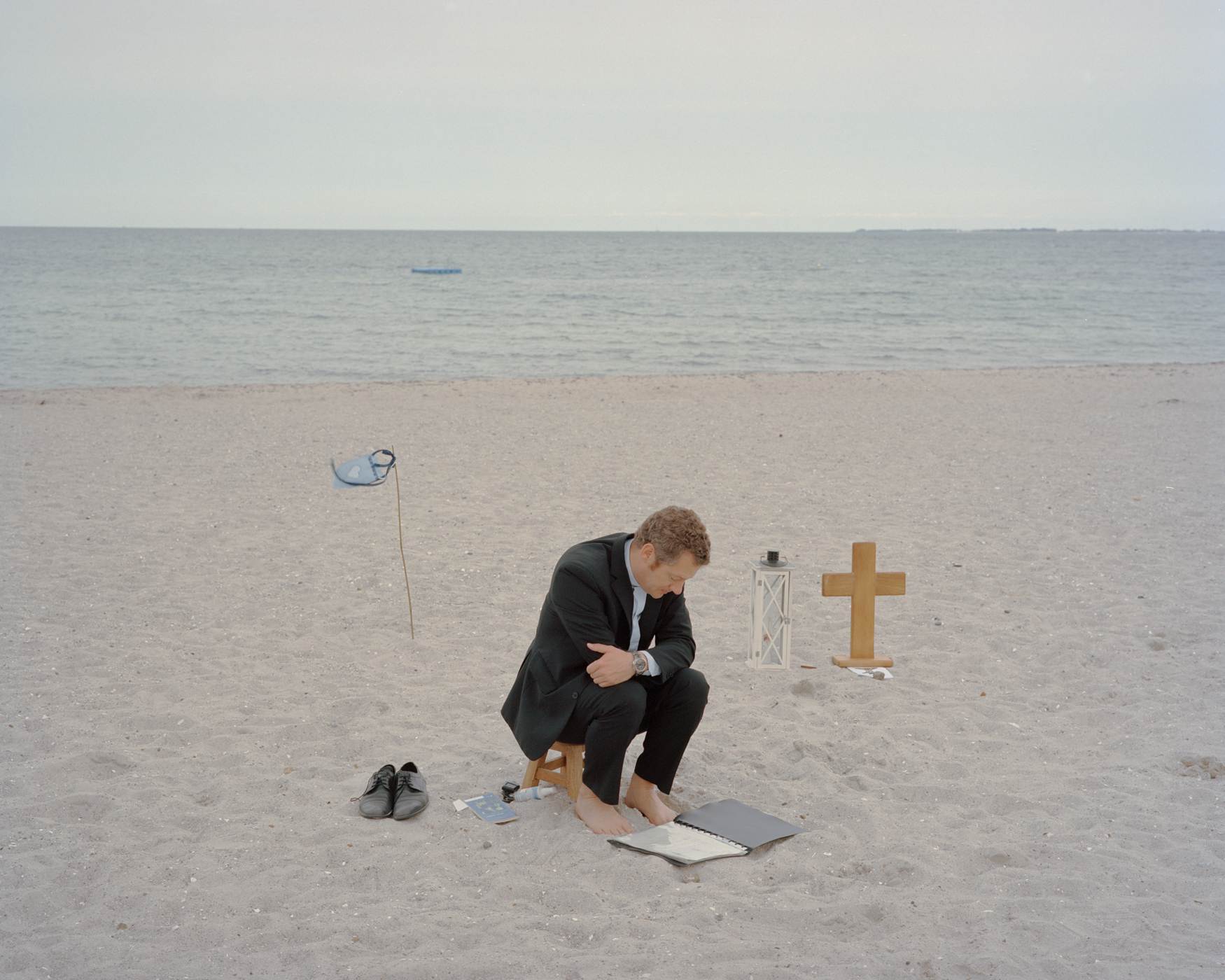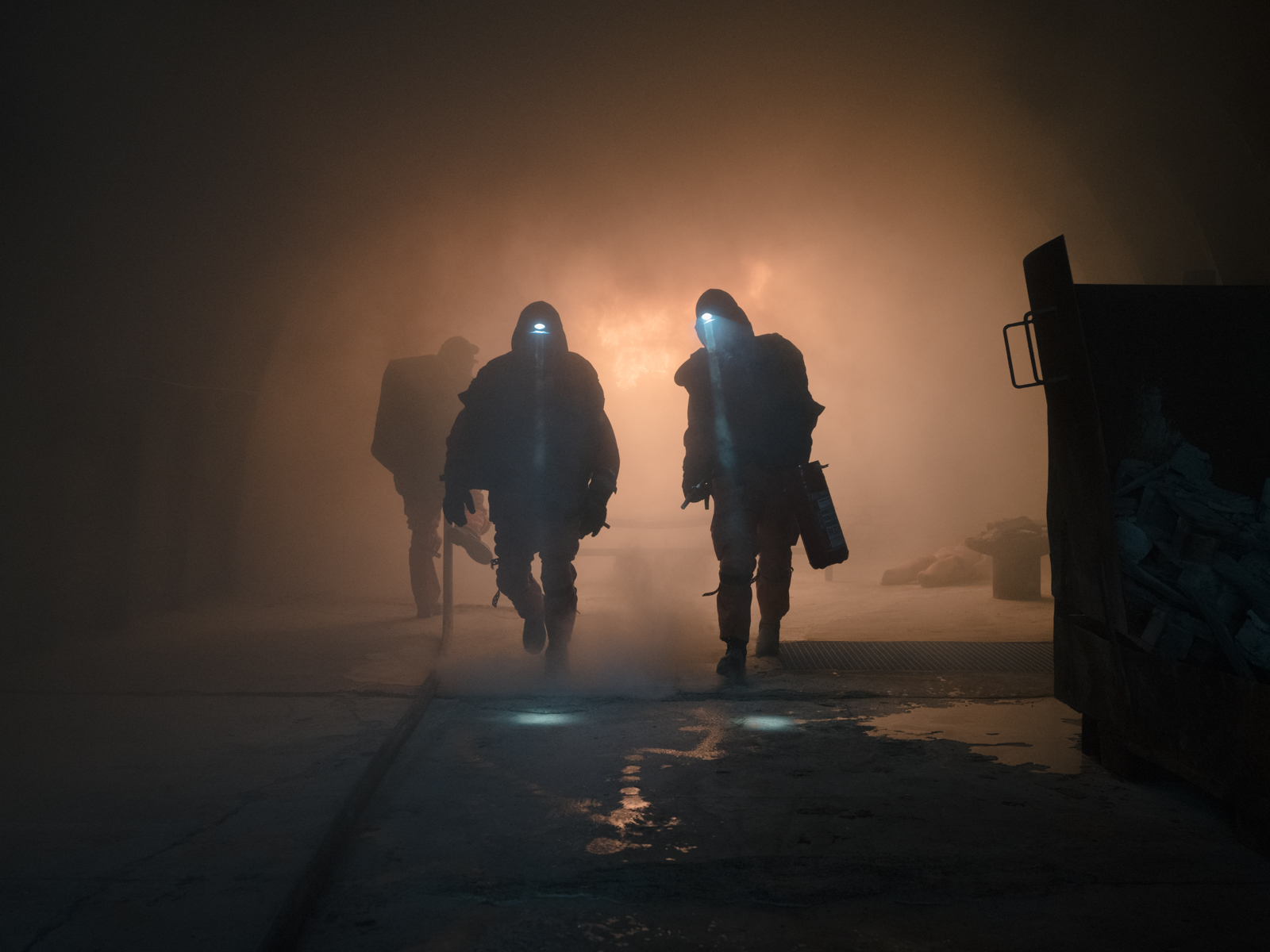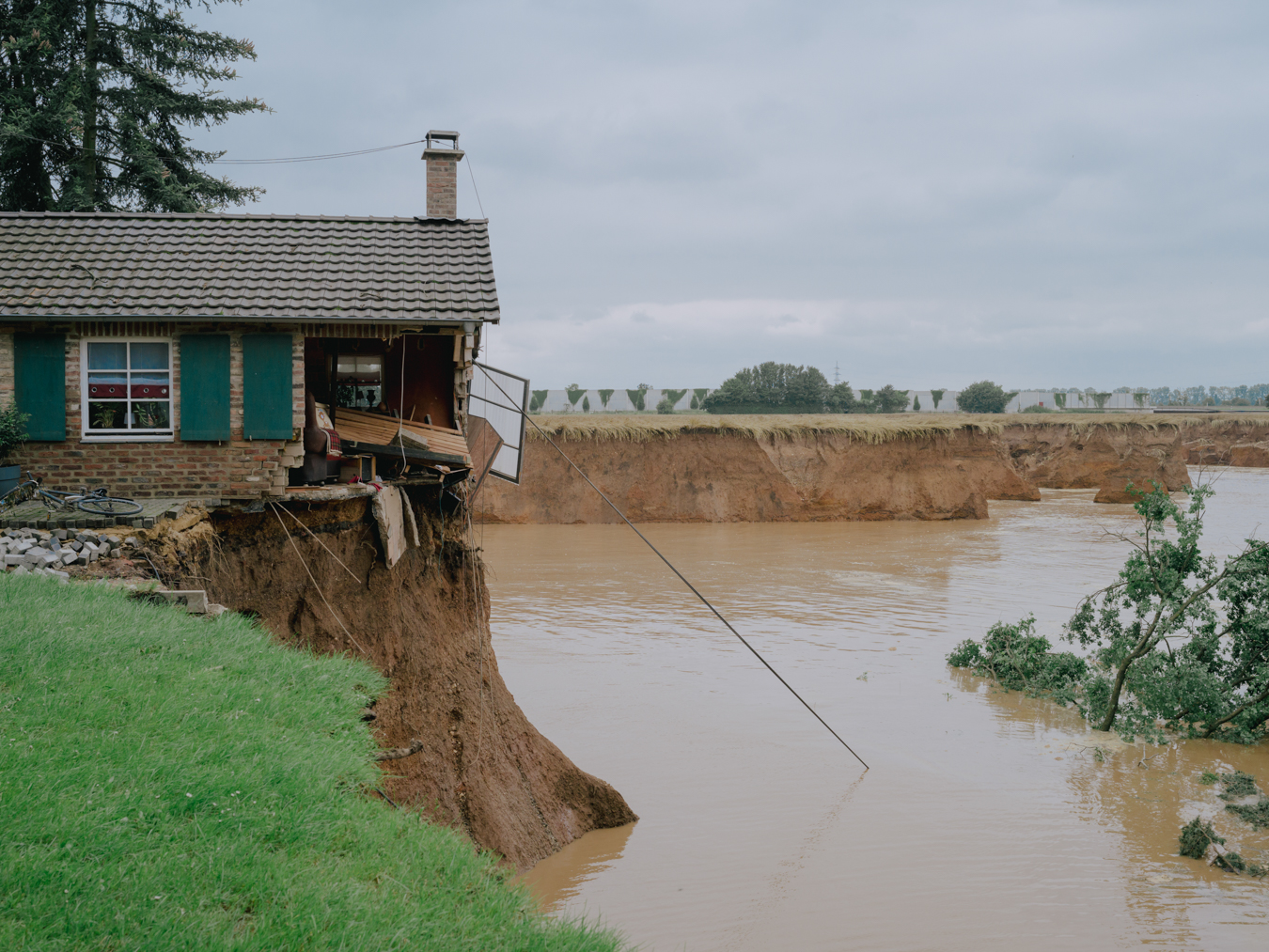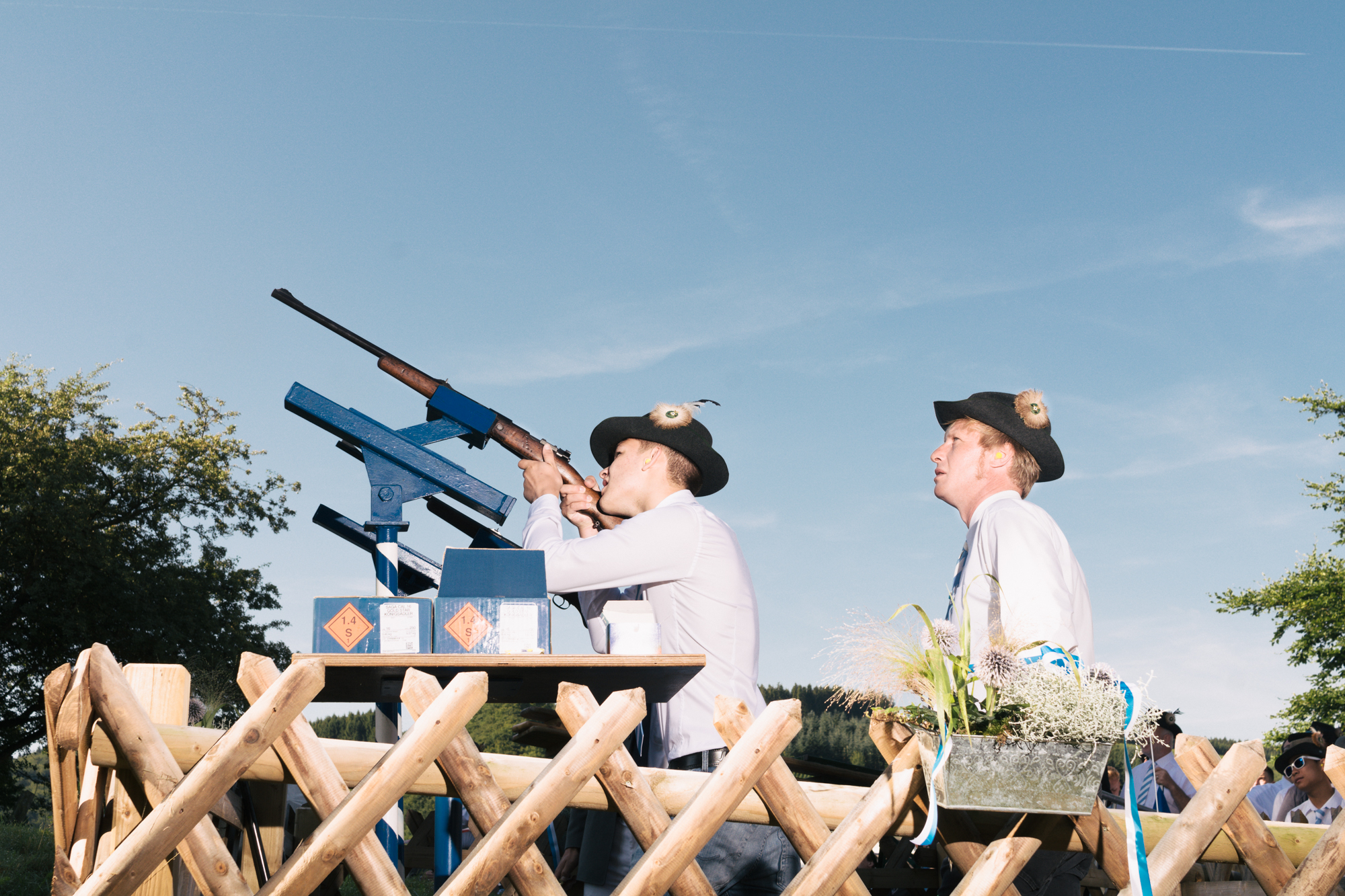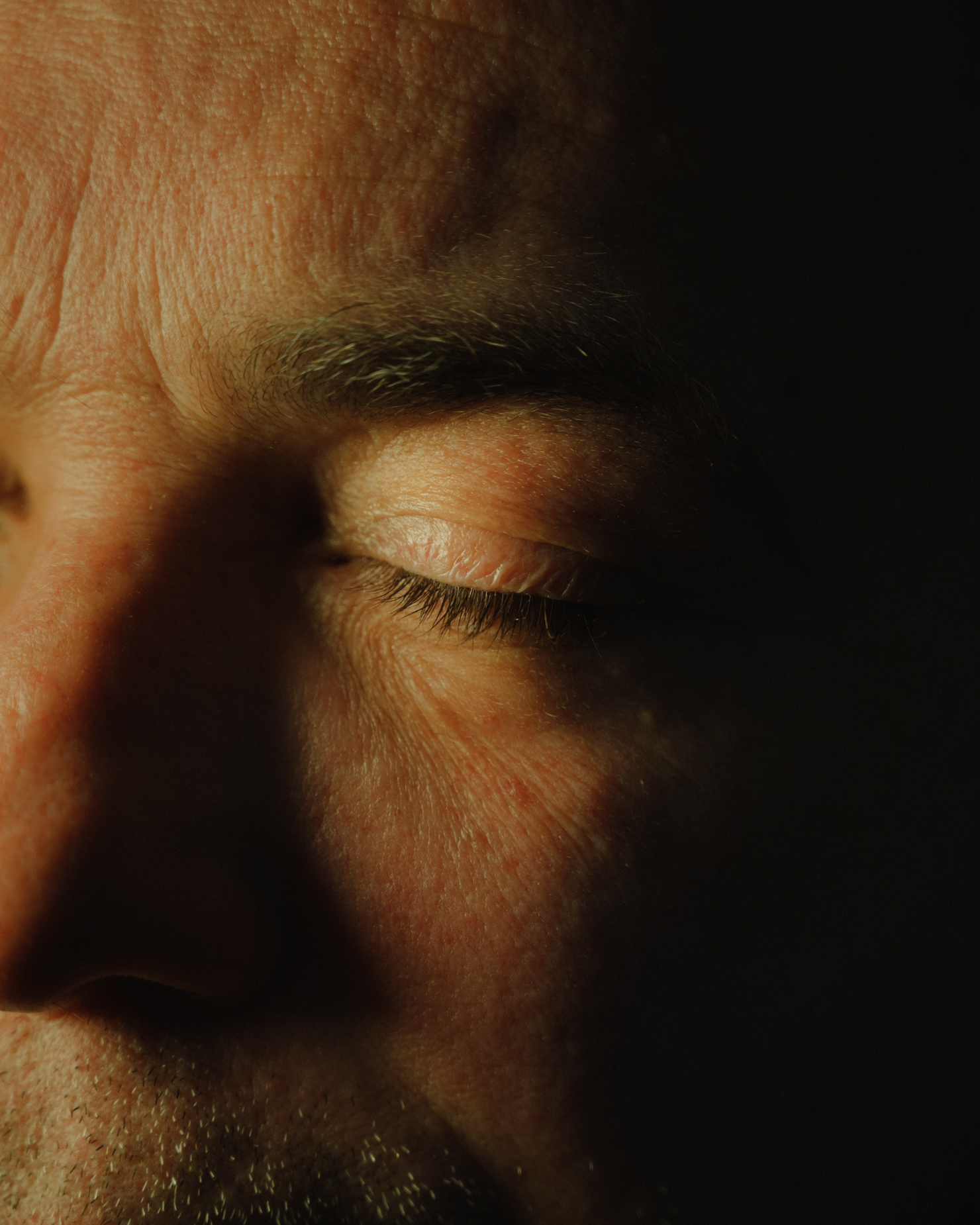







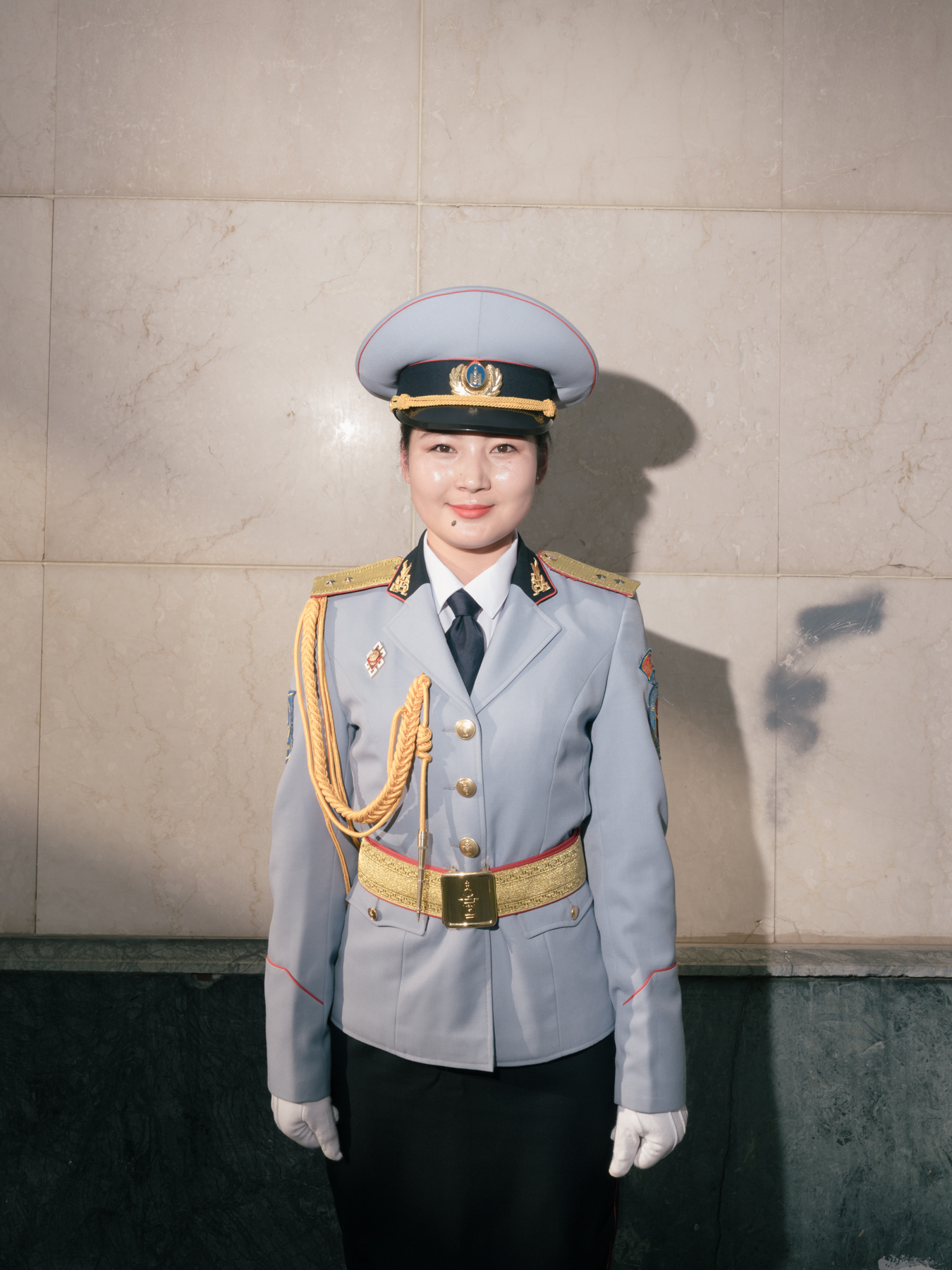












Red Hero
2019
Ulaanbaatar - meaning Red Hero - is the capital of Mongolia. 1.4 Million people, nearly half of the country‘s population live in the city, which changed it‘s location 28 times before finally settling in 1778. The city got it‘s current name by Russian representatives in 1924. The Soviet influence is still visible all over the city - monuments, museums and icons of Soviet leaders in Karaoke Bars. In addition, the Monoglians have created a huge cult around Genghis Khan, which seems lik a second coming. During the communist era, the Soviet Union suppressed everything about the Mongolian conqueror - even executing some historians who dealt with him. Today you can‘t cross a street without his name or face appearing somewhere. As a foreigner, I can not free myself of the fact that I‘m attracted by the exotic - things that at the same time seem ordinary and banal to the locals. This city was surprising to me - In my opinion, it gave much to the people, but also demanded a lot from them. More and more Mongolians leave behind their traditional nomadic lifestyle to move to the city, which turns in one of the most polluted cities during winter. I saw the environment as a backdrop, for people to act within it.
Place of human interaction, culture and history served as stages for my visual approach. At the same time it was a way of exploration, connecting and a try to understand the life in this city, without knowing where it would lead me. Red Hero is a dissonant and personal look at a place that at the same time repels and attracts me.
Place of human interaction, culture and history served as stages for my visual approach. At the same time it was a way of exploration, connecting and a try to understand the life in this city, without knowing where it would lead me. Red Hero is a dissonant and personal look at a place that at the same time repels and attracts me.
Publication:
Tagesspiegel Sonntag
![]()
Tagesspiegel Sonntag

